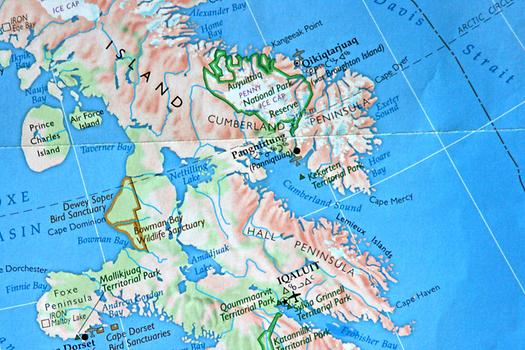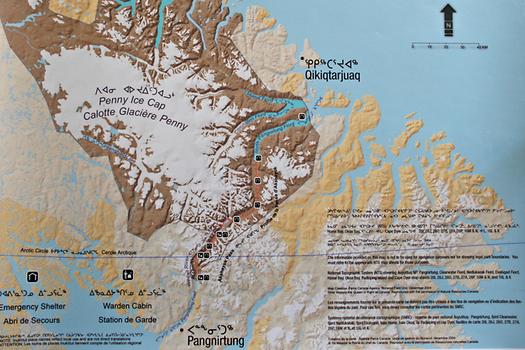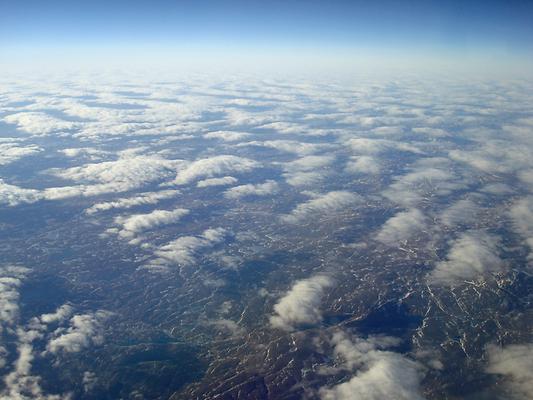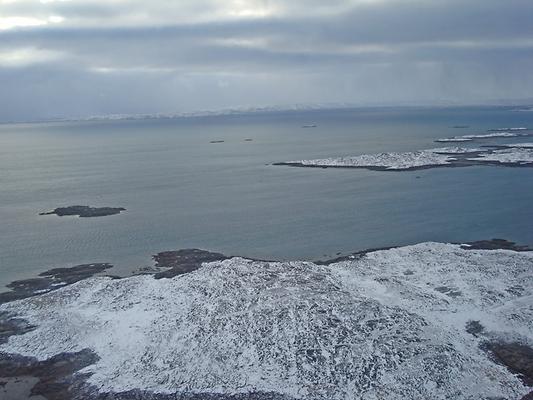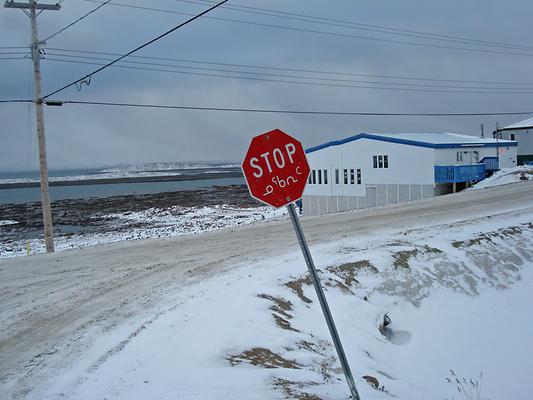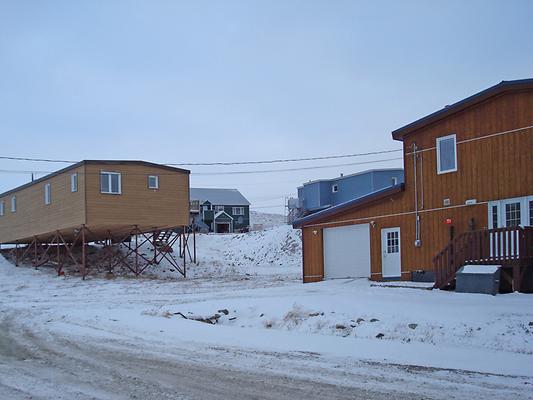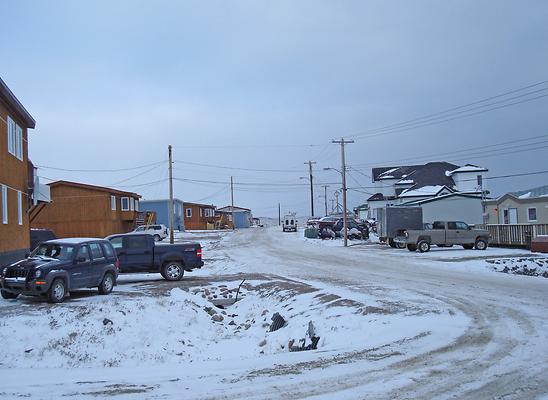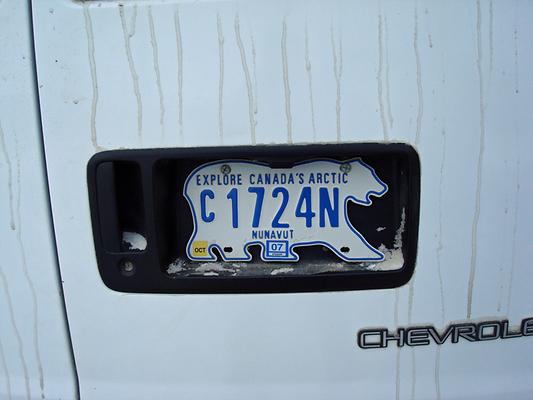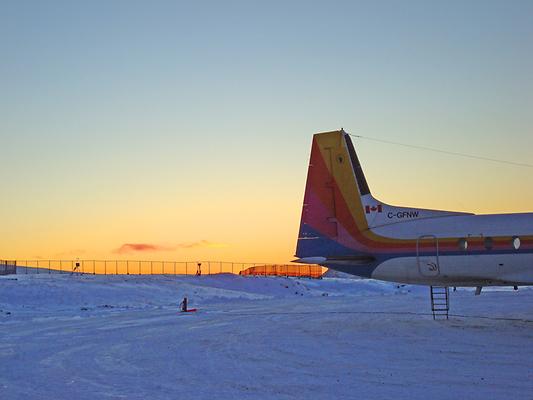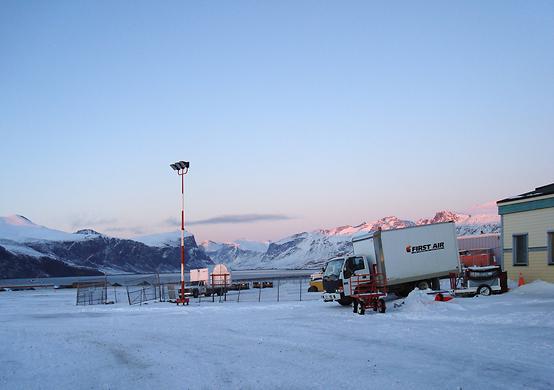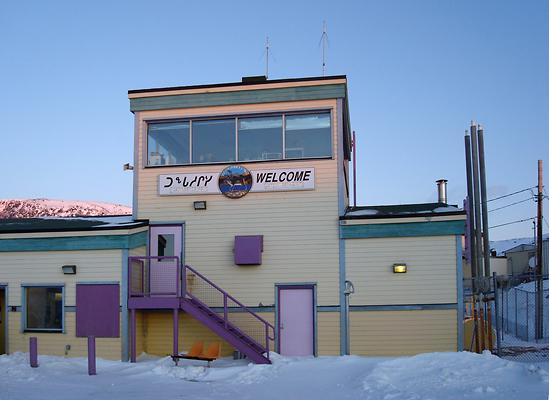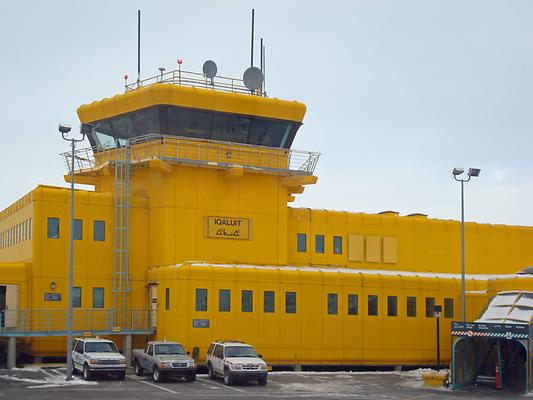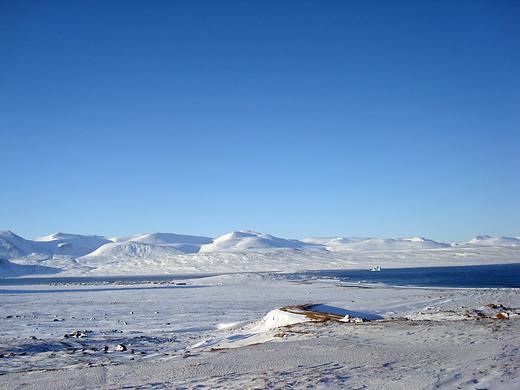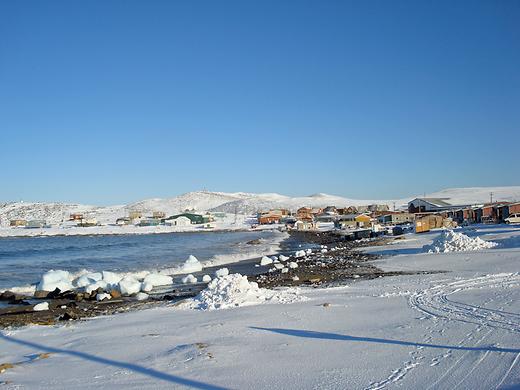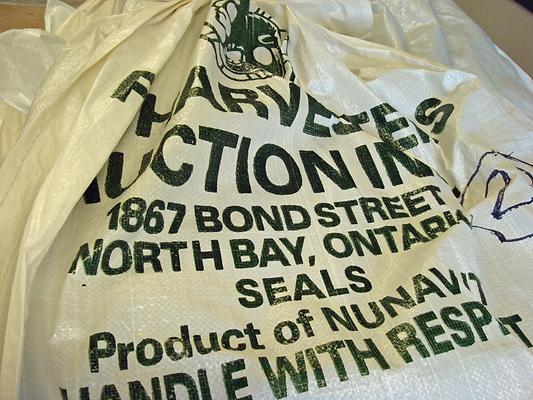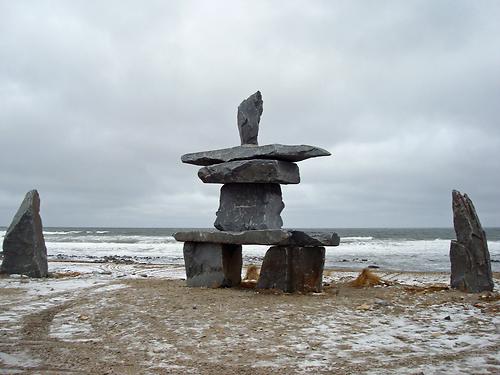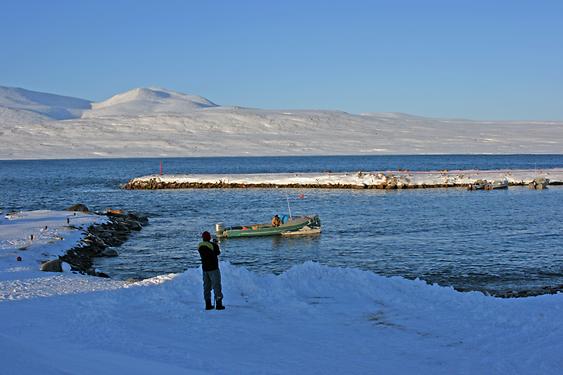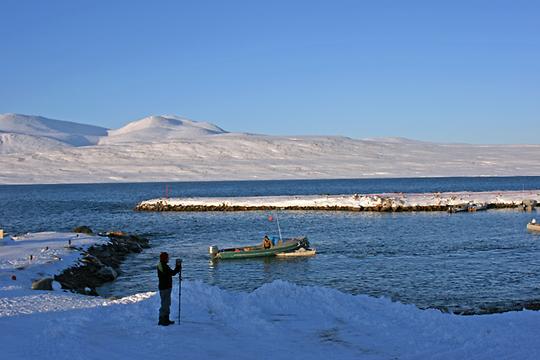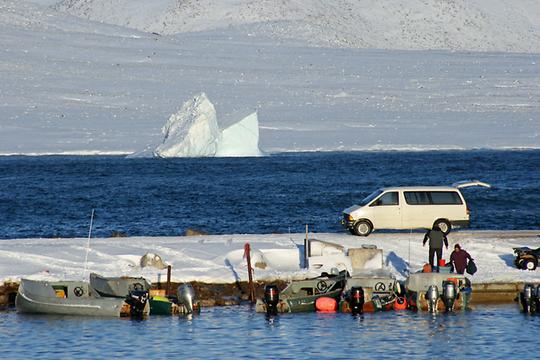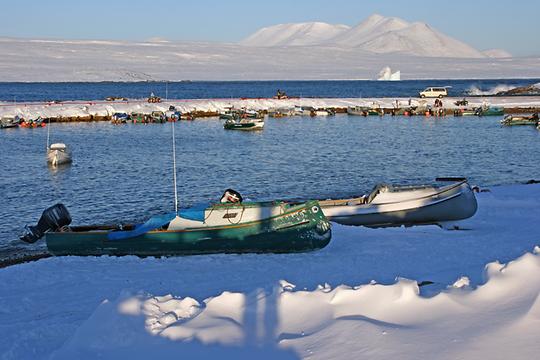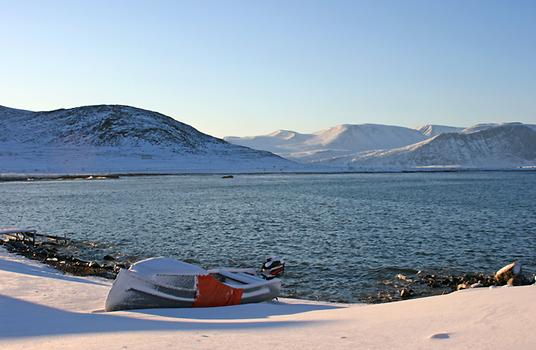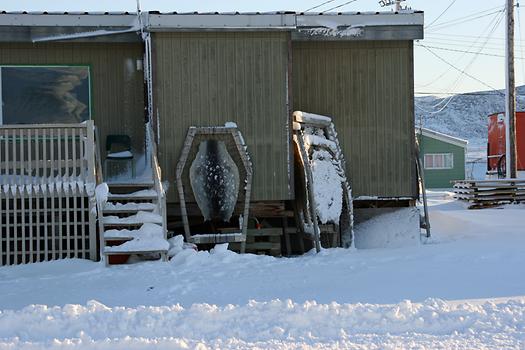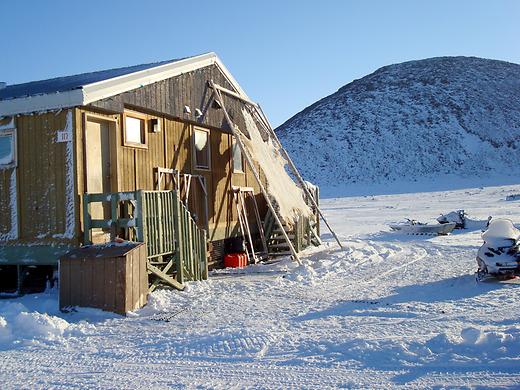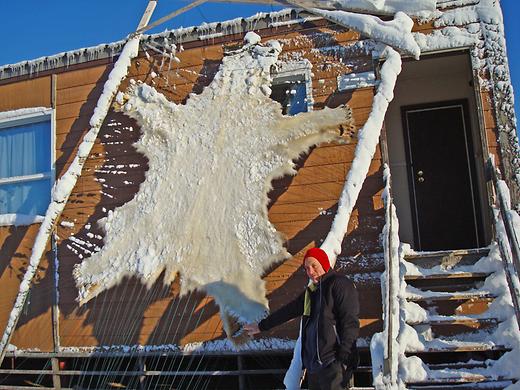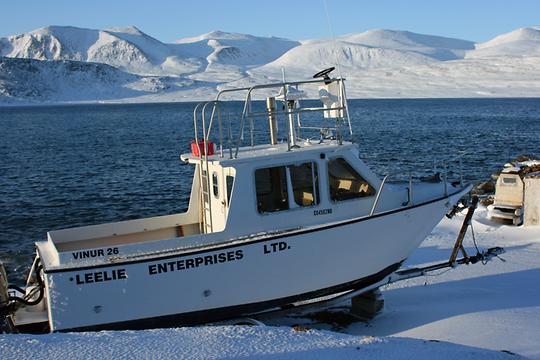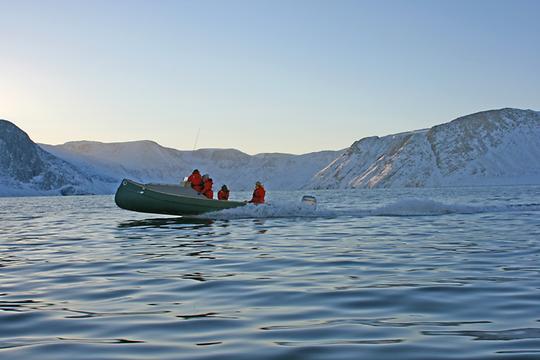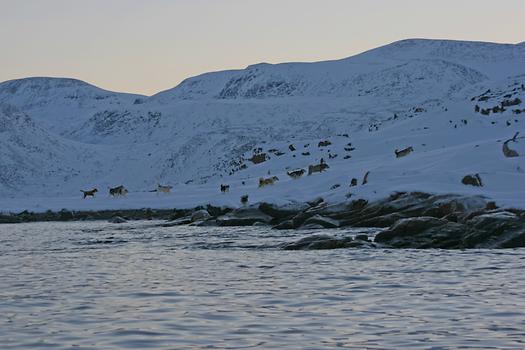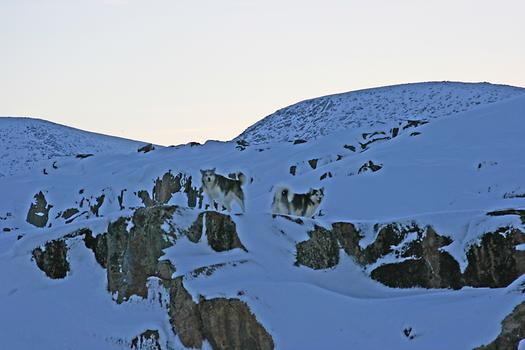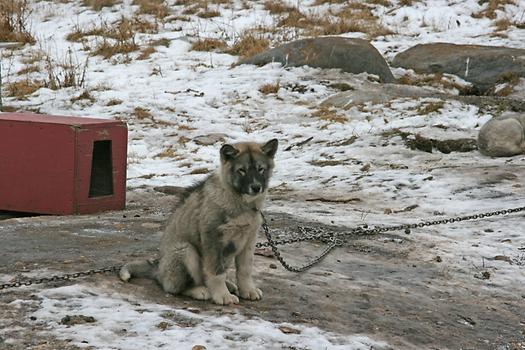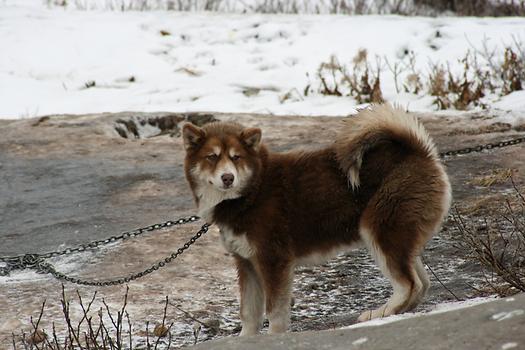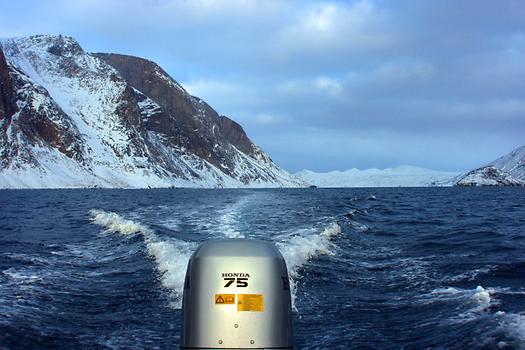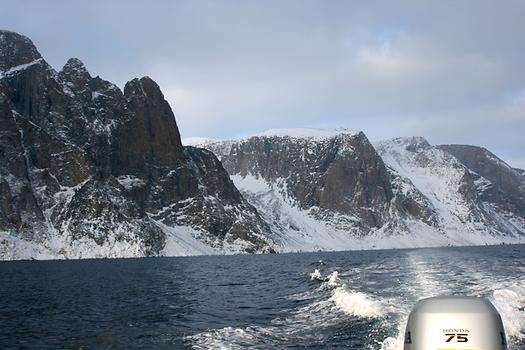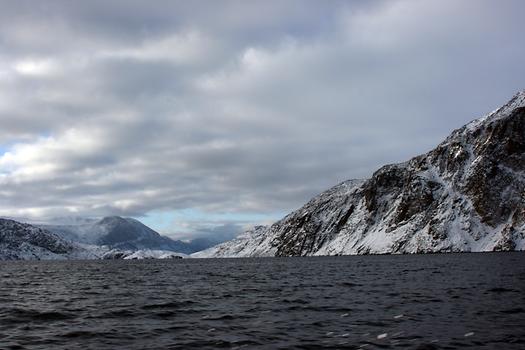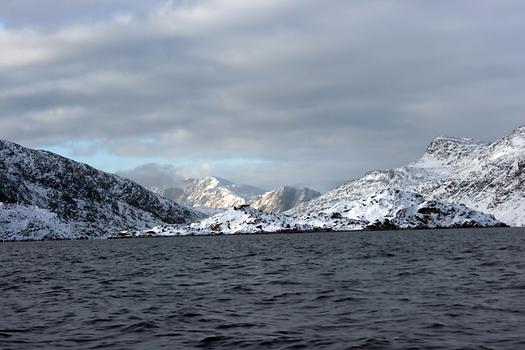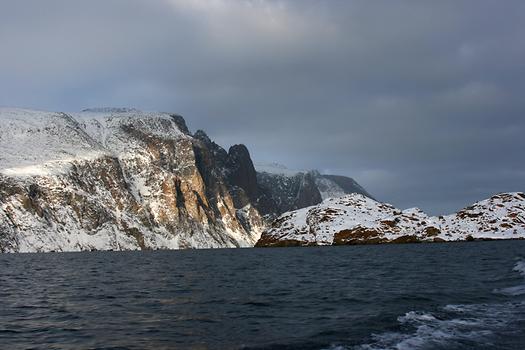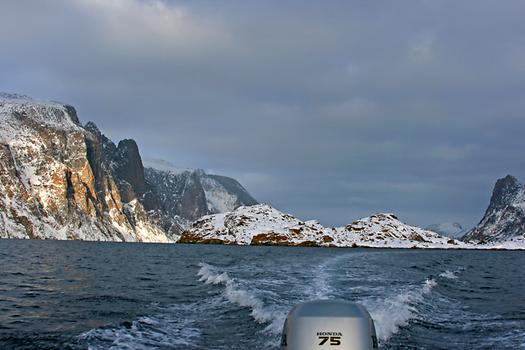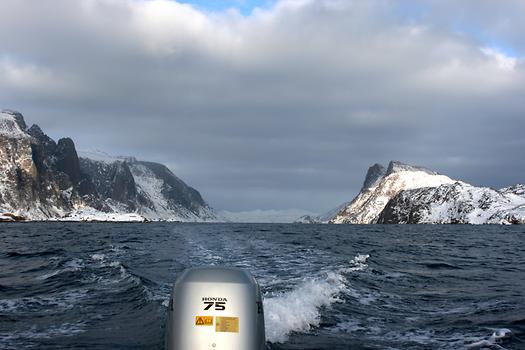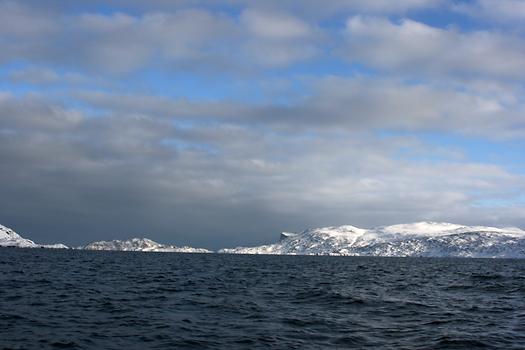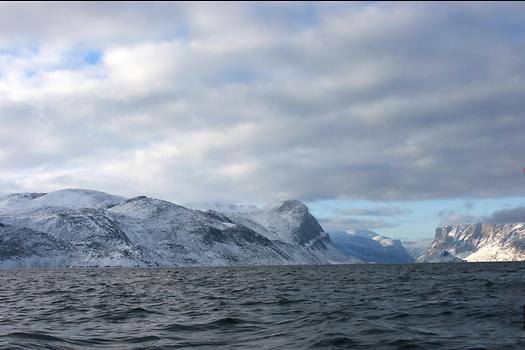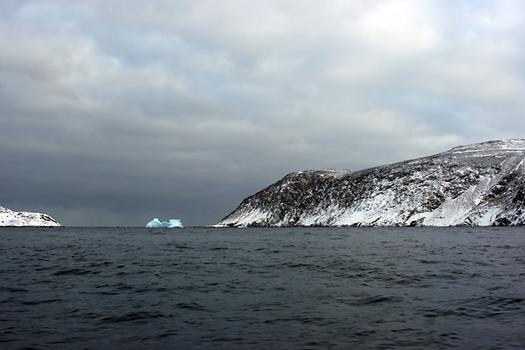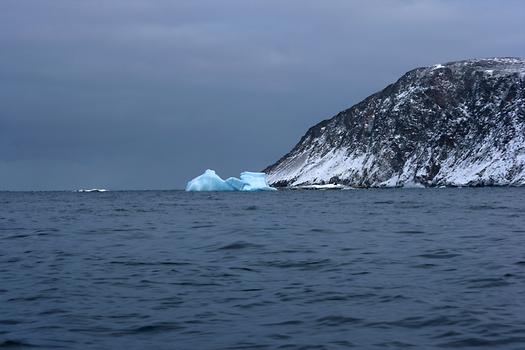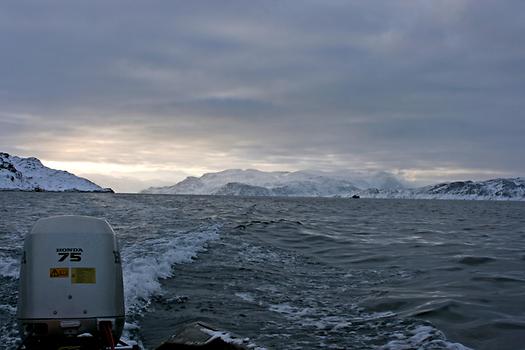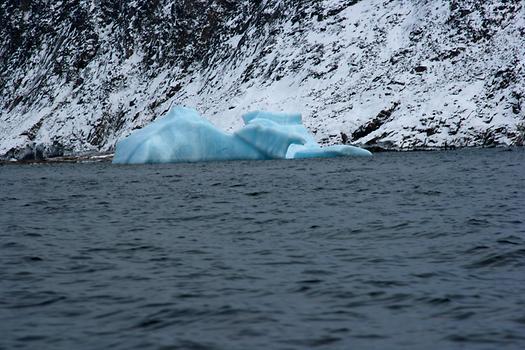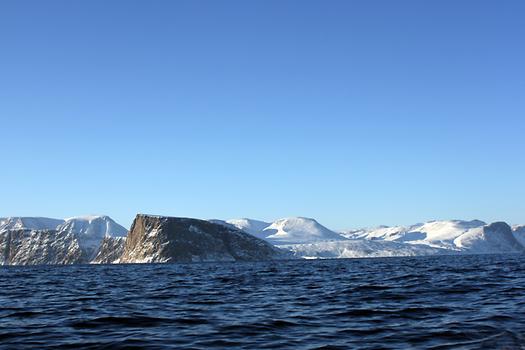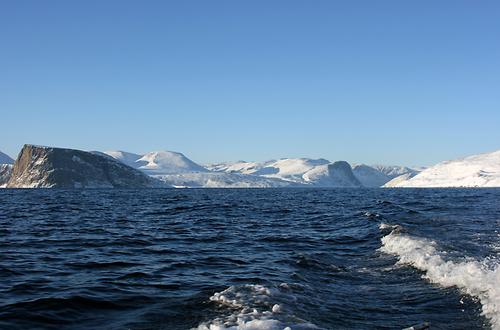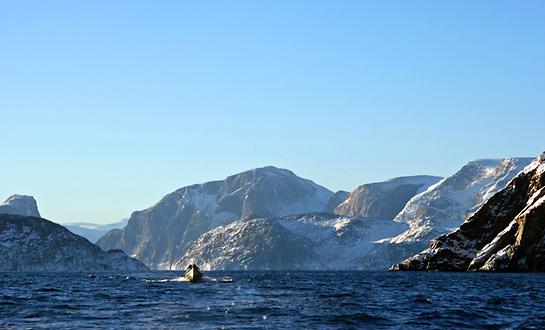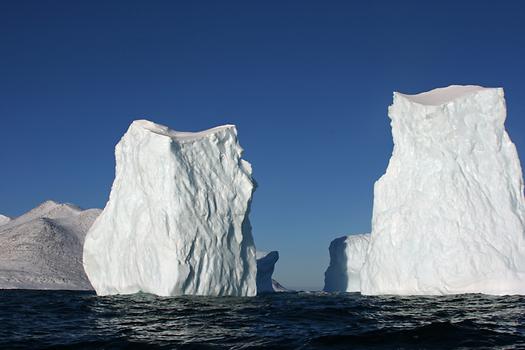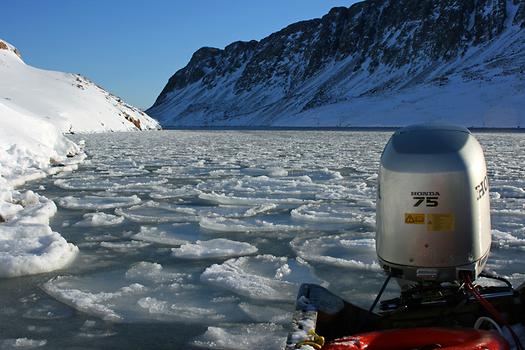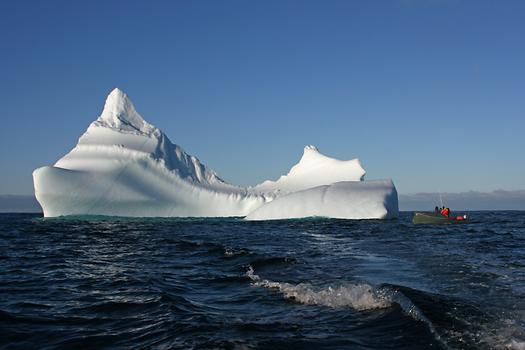A trip to Nunavut, 2007#
byAll photos in this story were taken by the author in 2007 and made available to Global-Geography.org
Nunavut is Canada’s newest, largest, and most sparsely populated province. It was officially separated from the Northwest Territories in 1999, and its provincial capital and administrative centre is Iqaluit, on Baffin Island.
We were on our way to Iqaluit and from there to a small island off the north coast of Baffin Island where we hoped to be able to photograph and film polar bears. The island may be small, but the name is not – Qikiqtarjuag, formerly Broughton Island. I had to practice for several days before I could pronounce it properly. Since there are no regular flights to Qik, as it’s often fondly called, to get there you have to take a transport machine from Iqaluit and hope that conditions will enable it to land. This is not always the case! The good news is that, however often you make the attempt in vain, you only pay once.
We left Iqaluit (in Inuktitut, the Inuit language, this means “Place of many fish”) in bright weather. The passengers at the airport were a motley crew, some in shorts and T-shirts, others obviously dressed for outdoor work in polar conditions. The transport planes have movable partitions, so more cargo means fewer passengers and vice versa. The flight is divided into two legs, with a refuelling stop at Pangnirtung (“Pang” for short.) Apparently every opportunity for a refuelling stop is taken – after all, nobody knows when and where it might next be possible.
At Pang the number of passengers dwindled and the amount of cargo duly increased. The sky was almost cloudless when we took off again to cross the lower reaches of the Penny Ice Cap before the descent to Qik. There was some sort of announcement about the weather – it didn’t seem particularly relevant in view of the clear skies, and anyway I was concentrating on the Inuktitut that followed the English. To our European ears it sounded rather a monotonous, expressionless language, and we were still remarking on this when the plane suddenly interrupted its steady descent as the pilot pulled it up and away from the airport, veering off in the direction we’d come from. A few minutes later he apologized, saying there’d been a white-out which reduced visibility to zero, “and this plane doesn’t have the technology for landing in conditions like that.” He went on, ”Many of you know the procedure now – back to Iqaluit and after we land I’ll let you know what time we leave tomorrow.”
To cut a long story short, we reached our goal on the second attempt, having learned just how quickly the weather in the Arctic can change. Later we were told that the Inuit on the islands have the ability to foresee weather change. To us it seems almost uncanny, but of course for them it’s the consequence of always having been aware of minute changes in winds, clouds, and waves (or ice) and in animal behaviour. And if an Inuit tells you, “We have to go now,” he really does mean “now” and not just in a few minutes or when you’ve finished what you happen to be doing. He has noticed something that you have been totally unaware of and which may be potentially life-threatening, hence the urgency.
And incidentally, we saw only one bear, far off and from a boat that was bucking on 8-foot waves – hardly ideal conditions for photography!
Maps of the area#
Iqaluit#
Pangnirtung (the airport)#
Qikiqtarjuag#
Huskies#
By boat trip along part of the coast of Baffin Island#
